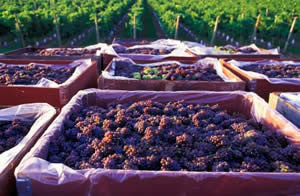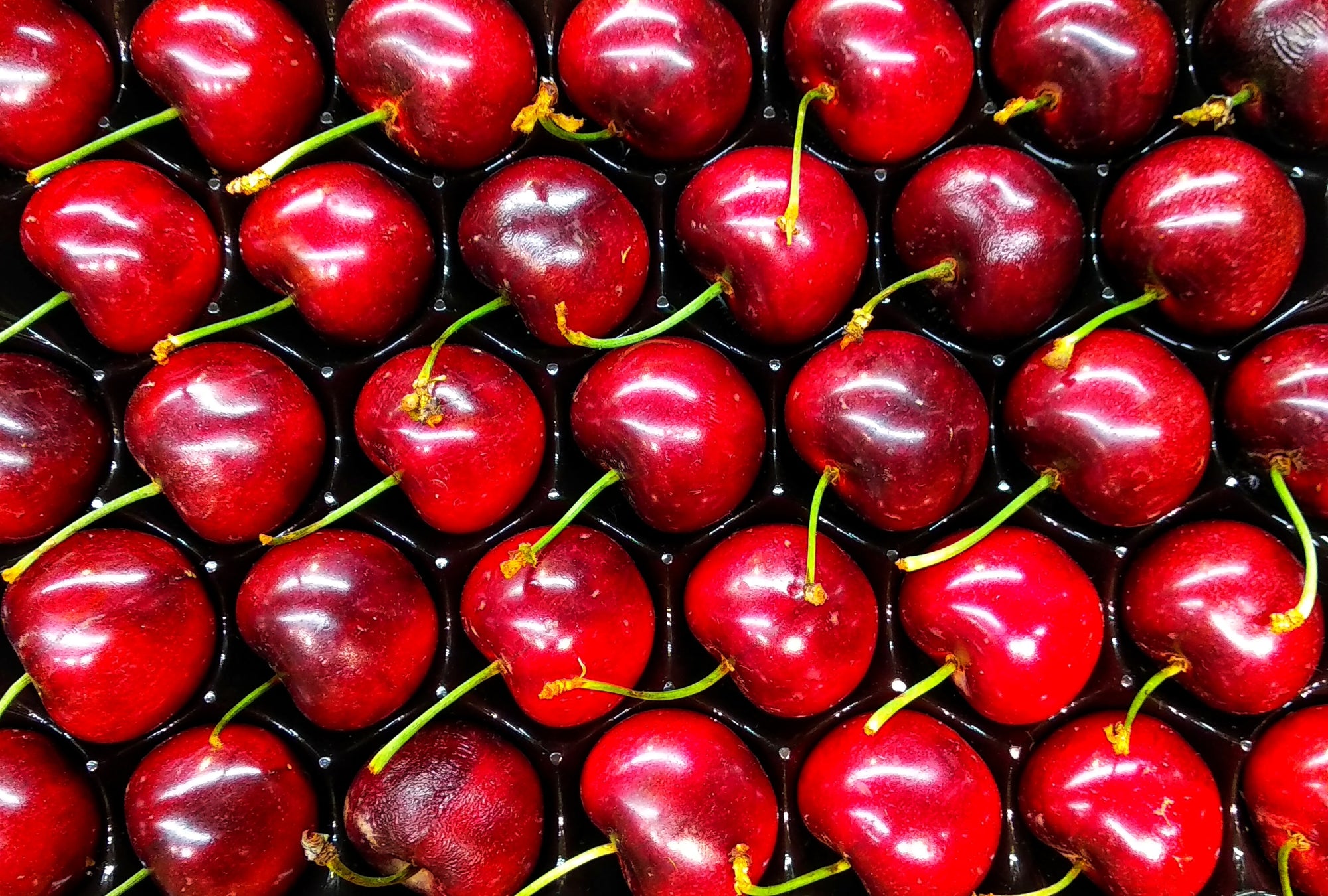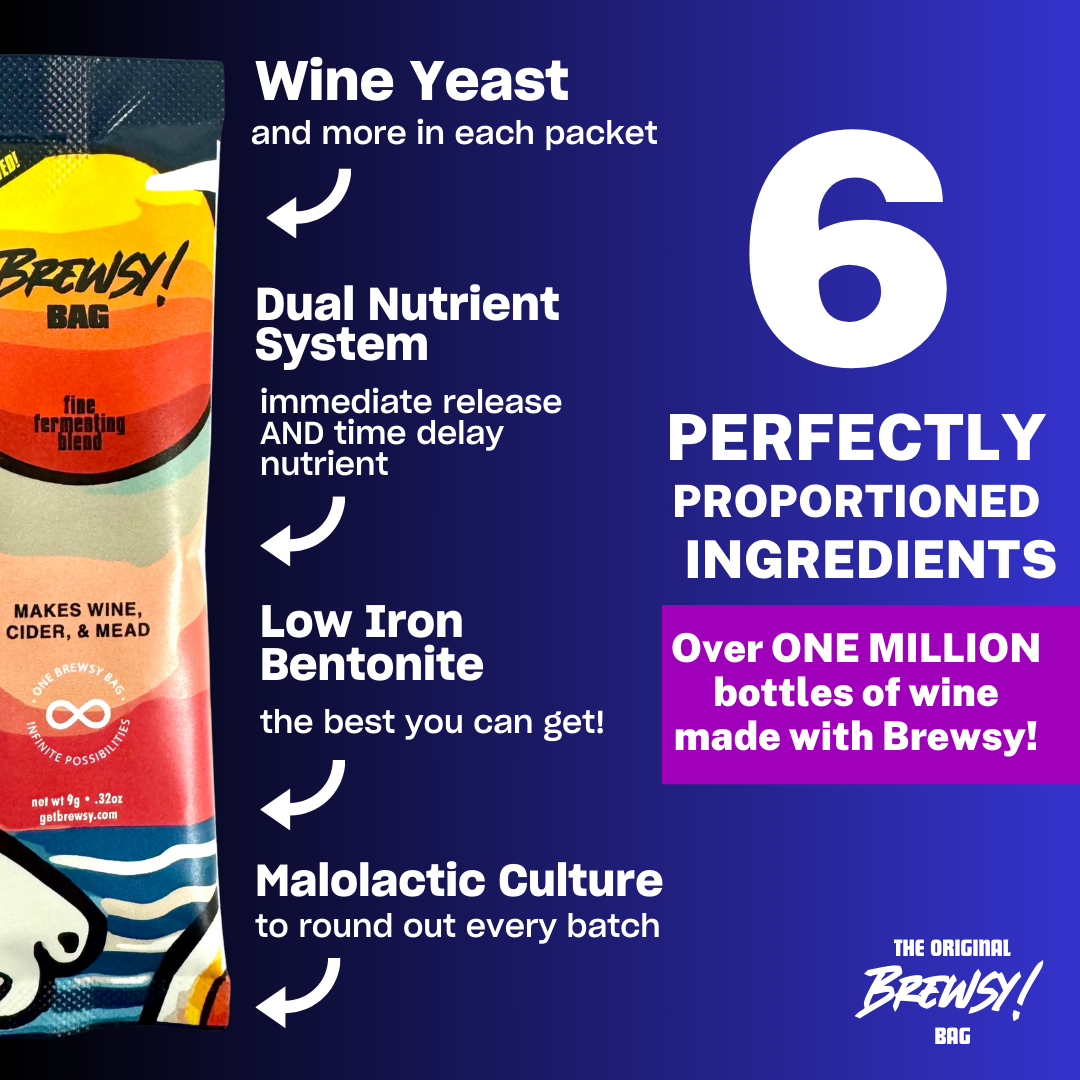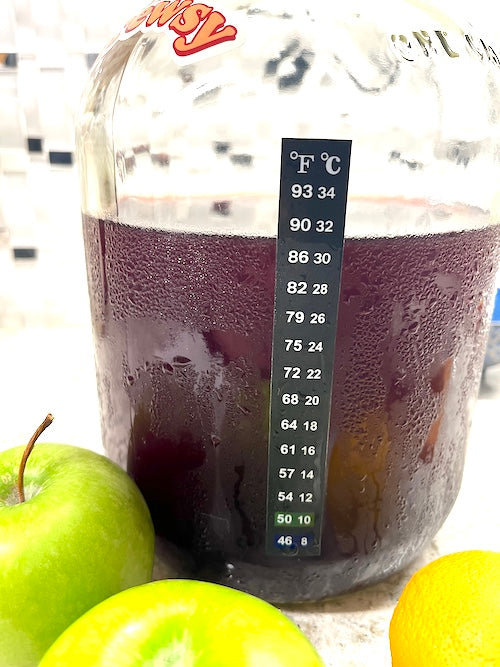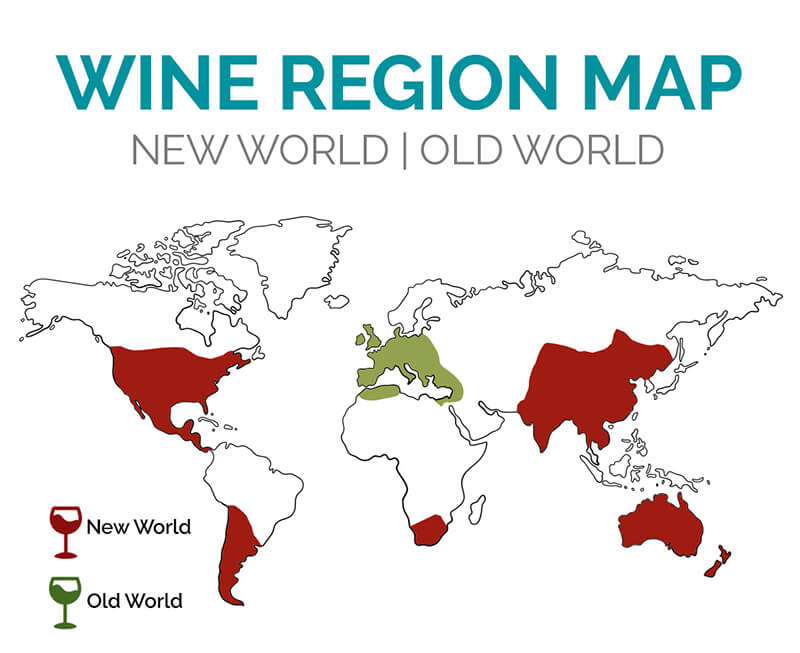
What Is a New World wine?
Wines in general are old, and so are the methods employed to create such wines. However, these methods are also changed over time with certain techniques developed in areas not common for winemaking, or, rather, techniques inspired by methods use in different kinds of fermented drinks. As with new manners and modes, wine has also seen a kind of newness to it. Traditionally, winemaking has been made in specific regions since antiquity, however, other areas have begun creating their own wines, and these are the New World wines.
Classic wines, better known as Old World wines, are those that have been manufactured in Europe and the Mediterranean basin, North Africa, and the Middle East. The term Old World wine, however, does not reflect a collective style among the regions included, but simply a name to contrast New World wines since each region has their own style and methods of creating wine. So what are New World wines?
New World wines are those created in areas not from the Old World. Specifically, New World encompasses areas such as North America, South America, and Oceania.
So, are there any differences between the two kinds of wines? Yes, there are. Old World wines are steeped in tradition, thus, will almost always use traditional methods for their winemaking. These wines also tend to strictly follow terroir which are the environmental factors that affect crops, which, in this case, are grapes. Meaning, specific wines will always use specific grapes grown in specific areas. For example, the grapes known as Cabernet Sauvignon have traditionally been grown and harvest in many areas in Italy, such as Tuscany, Spain, Portugal, but these grapes have the greatest prominence in Bordeaux, France. However, a number of grapes used in Old World wines have been introduced into the New World and Cabernet Sauvignon now notably grows in Australia, Napa Valley, CA, and British Columbia in Canada. Despite being old grapes, because they are used by countries not belong to the World, they now make New World wines.
There are some method differences too. Whereas Old World regions tend to label their wines based on location, New World wines tend to do so based on the grape varietal used. Another difference that can impart a big change is the New World's preference for new oak when it comes to aging, whereas the Old World tends to stick with neutral wood.
One major difference that set apart wines of both Worlds, though, is the flavor profiles. Old World wines do not necessarily follow something set in stone, but their tastes tend to be typical. Old World wines tend to have a lighter body, less alcoholic, and more acidic wines, whereas New World wines have a fuller body, more alcohol, and more defined fruity flavors and bouquets.
The wines that you make at home are technically New World wines, so feel pride that you are part in a movement happening all over the world. Maybe one day, a secret technique you employ could be used in the broader winemaking world.



